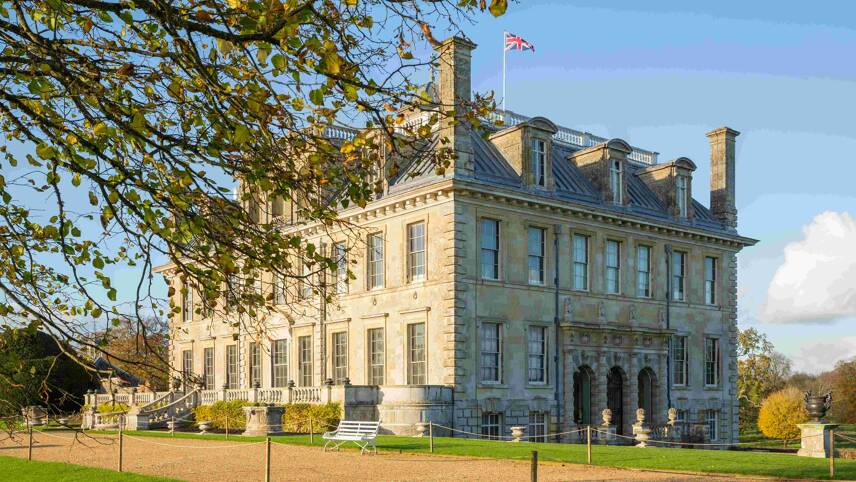Register for free and continue reading
Join our growing army of changemakers and get unlimited access to our premium content

This project, made possible by funding from Low Carbon Dorset through the European Regional Development Fund, is one of the National Trust’s major heat pump projects and the organisation’s first installation of a high-temperature ground source system.
The estate will save 30,000 litres of oil annually by making the switch to a renewable heating system.
National Trust’s lead renewable heating project manager Owen Griffith said: “Even in the most historically significant settings like Kingston Lacy, it’s possible to integrate these modern technologies while maintaining the utmost care for the building and the grounds.
“Not only will the heat pump reduce the property’s dependency on fossil fuels, but it’ll create a safer environment and improve conditions for the amazing collection items here.”
The building’s heating system overhaul involved installing nearly 6,000 meters of underground pipes to replace the old oil tank. These pipes transport natural ambient heat from the ground to four high-temperature heat pumps, effectively heating both the mansion house and courtyard buildings.
The pipework installation involved drilling 32 vertical boreholes in an overflow car park, each reaching a depth of 180 meters.
Extensive archaeological and ecological surveys were conducted over two years to ensure the protection of Kingston Lacy’s historic parkland during the project.
Safety and conservation benefits
Apart from the environmental benefits, such as an annual reduction of approximately 57 tonnes of carbon emissions, the new heating system mitigates the risk of oil spills from previous ‘high-risk’ boilers and storage tanks.
The ground source heat pump will contribute to the conservation of Kingston Lacy’s architectural heritage and art collection by stabilising temperature and humidity levels.
Kingston Lacy’s curator Dr Elena Greer said: “The new heat pump means we can more easily maintain the optimum environmental conditions for their display, ensuring that they can be enjoyed by generations of visitors long into the future.”
Trust-wide strategy
In 2022, National Trust announced the removal of a million litres of oil from its properties since 2013, part of a nine-year investment program to transition away from fossil fuels and establish its green energy supply.
The Trust has set plans for another 100 renewable projects, including heat pumps, over the next six years, furthering its goal of achieving net-zero carbon emissions by 2030.
The Kingston Lacy project joins a roster of innovative heat pump installations by the National Trust, including a water-source heat pump at The Vyne in Hampshire and a ground-source heat pump at Speke Hall near Liverpool.
The Trust has also integrated heat pumps into domestic buildings, including holiday and residential cottages.
Griffith added: “Most of our visitors won’t notice the low-carbon energy systems working hard behind the scenes – and we’re proud of that. We want our renewable technologies to complement the fabric of the setting. That has been a guiding principle from the start.”


Please login or Register to leave a comment.